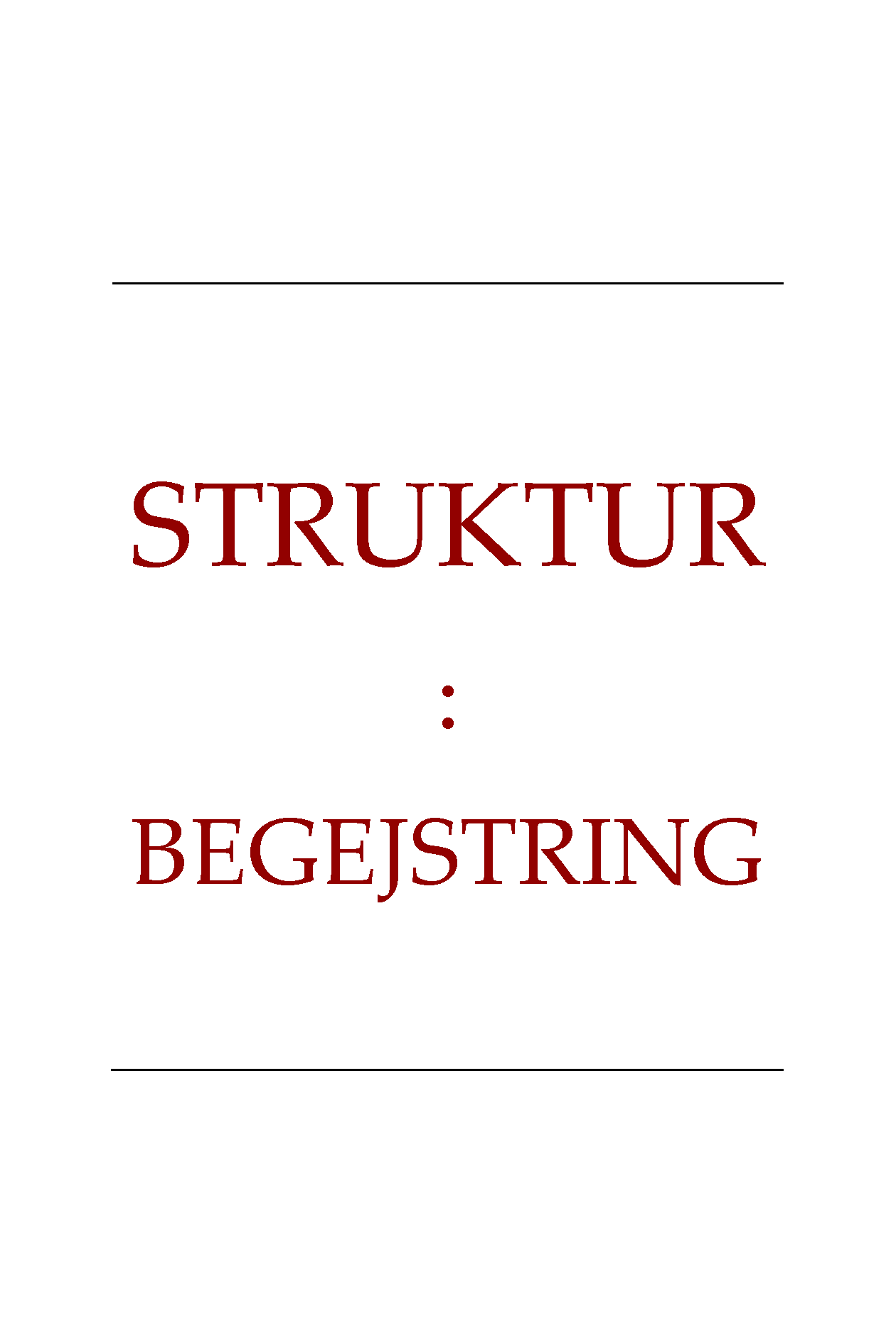Haman, Mordokaj og magten over jøderne. Af en imitators bekendelser
DOI:
https://doi.org/10.7146/rvs.v1i.132807Keywords:
René Girard, mimetic desire, Book of Esther, Haman, Mordecai, collective violence, scapegoats, effervescence, antique Judaism, PurimAbstract
René Girard’s fundamental anthropology focuses on the concept of “mimetic desire”. In this article, Girard’s theory is applied to the relationship between Haman, the villain, and Mordecai, the hero, in the Old Testament Book of Esther. Their desire for the common object, the power over the Persian Empire and its king, leads to reciprocal violence inspired by mimetic desire. Haman persuades the king to write an edict instigating a pogrom against the Jews in Persia as revenge for an insult made by Mordecai. The pogrom is fended off by means of a counter-edict which allows the Jews to defend themselves. This leads to the slaughter of 75.000 Persians. In the social context, antique Judaism, however, this final violence against scapegoats might lead to a moral crisis that would dissolve the collective respectability. Thus, it makes sense to hide the violence in the carnivalesque effervescense which is present in the Purim feast, celebrating the victory over the Persians in the Book of Esther.
Downloads
Published
Issue
Section
License
Copyright belongs to the author and to Religionsvidenskabelige Skrifter




